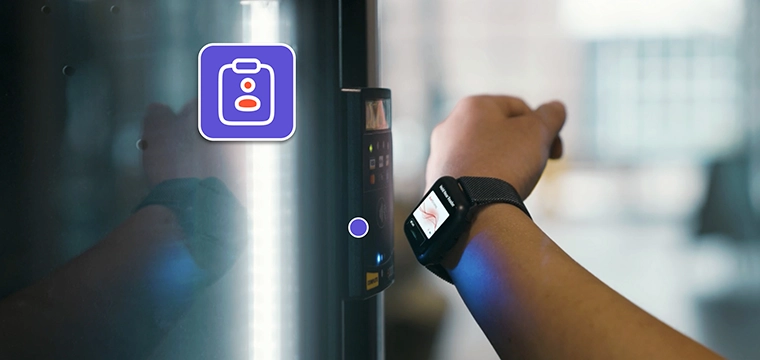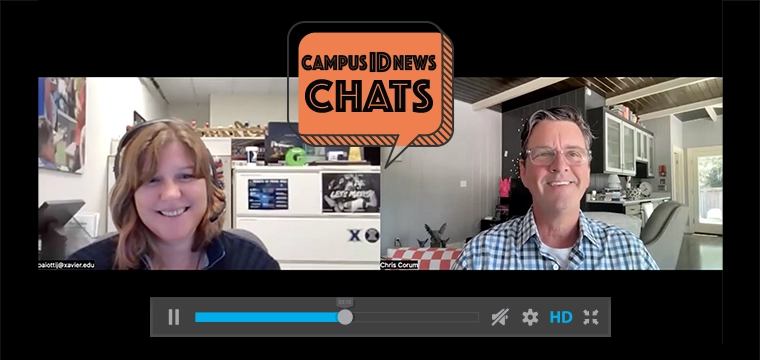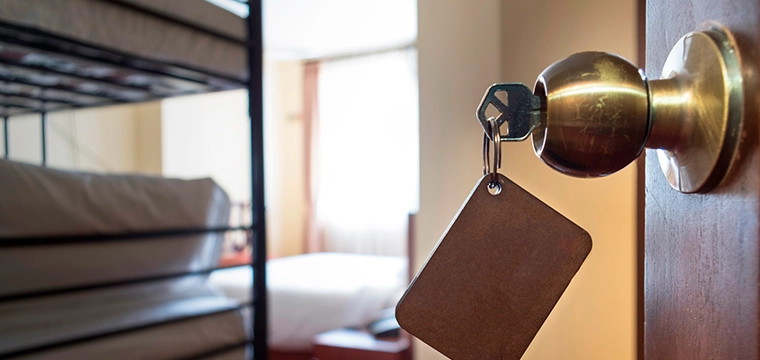 Among of the biggest questions surrounding campus card bank partnerships is whether or not to locate a branch on the campus. Of course, a branch can certainly foster a closer relationship between the bank and the future depositors (students, faculty, and staff) but it can be a significant investment for both the bank and campus. So just how is the decision made?
Among of the biggest questions surrounding campus card bank partnerships is whether or not to locate a branch on the campus. Of course, a branch can certainly foster a closer relationship between the bank and the future depositors (students, faculty, and staff) but it can be a significant investment for both the bank and campus. So just how is the decision made?
Certainly the student population is a major consideration. Are there enough students to warrant the upfront and ongoing expense of operating the branch? While many in the market have quietly suggested that a 10,000-student population is a range where the branch becomes feasible, most agree there is no magic number.
“Each campus has to be looked at individually,” said Whitney Bright, vice president, Campus Banking, for U.S. Bank. While she calls 10,000 the “soft number” used for feasibility, she quickly points out that they have branches on campuses with smaller populations such as the 6,000-student Xavier University.
“It depends on what type of exclusivity you have on campus,” she adds, suggesting that the mix of ATM ownership, card program partnership, and branch location is key. “If we have all the ATMS and a branch, then we’d have a higher level of success, (when compared to a situation where) two or three banks have ATMs on campus.”
In addition to the campus population and the level of exclusivity provided to the bank, another key factor is the revenue share between the campus and the bank. Because the creation of the branch requires significant cash outlay (e.g. setup, vault installation, security) and the operation entails a continued cost (e.g. rent, utilities, staffing) the economics of the relationship must be weighed. A campus that desires a branch may need to forgo some of its revenue share to get the bank partner to agree.
Trends in on-campus branches
Many campus administrators dismiss the idea of branch because of the common problem of space constraints. But, on-campus branches need not look like the traditional bank branch found in the community. Full-service branches can fit in very tight spaces. The most important thing is the quality of the location for student access … the size is secondary.
Though she stresses that 500 square feet is ideal, Ms. Bright says that U.S. Bank operates branches in as little as 125 square feet. “Our Northwestern branch is only 157 square feet (and it is) the most heavily-trafficked branch in the Chicago area.”
Another alternative to a full-service branch is the bank service center. These locations do not offer all of the functions of the branch but they can be a cost effective option when a branch is not feasible. Typically, service centers do not contain a vault and cannot accept deposits but they are staffed and enable face-to-face account establishment, assistance, education, and marketing. And by locating a full service ATM in the service center, bank staff can help students to make deposits at the ATM, in essence, circumventing the “no deposits” situation. According to Ms. Bright, a service center can be operated by one person rather than the five to six employees at a traditional branch and can cost as much as 70% less to operate.
Another trend is to encourage use of the campus branch for members of the community. This can help cost justify the expense for the bank and bring peripheral benefits to the campus such as strengthening town-gown ties and exposing the community to other services offered by the institution.
A myriad of factors influence the decision
As you can see there is no single factor that answers the ‘branch or no branch’ question. There is a matrix of contributors that must be weighed in tandem. But when student population, service exclusivity, revenue shares, space availability, service needs, and the host of other items are evaluated in a realistic manner, the right decision is likely to emerge. If that is a on-campus branch your program and your students are sure to benefit. If it does not end with a branch, however, an extremely effective and beneficial bank partnership can still be developed … it just requires a different approach.




